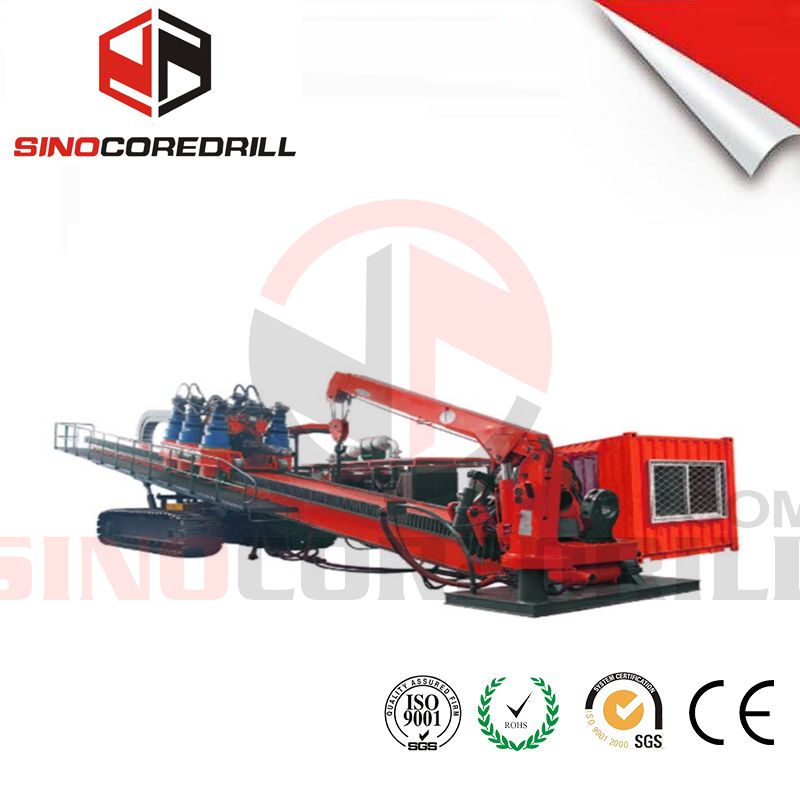Directional drill machines, also known as horizontal directional drilling (HDD) machines, are an essential technology in modern infrastructure projects. These machines enable the installation of pipelines, cables, and conduits beneath obstacles such as rivers, roads, and buildings without the need for extensive excavation. By using HDD technology, industries can minimize environmental disruption and complete projects more efficiently.
The oil and gas industry relies heavily on directional drilling to extract resources from challenging locations. HDD technology allows drilling to reach underground reservoirs that are inaccessible using traditional vertical drilling methods. This is particularly beneficial for offshore drilling, where subsurface oil and gas deposits must be accessed from distant drilling platforms.
The demand for high-speed internet and telecommunications networks has driven the use of HDD machines in fiber optic cable installation. Instead of disrupting urban areas with extensive trenching, HDD enables the installation of underground communication cables with minimal surface disturbance. This ensures faster project completion and reduces costs associated with road repairs and public inconvenience.
Municipalities and utility companies use directional drilling machines to install water and sewer pipelines efficiently. These machines allow for long-distance pipeline installation without damaging existing infrastructure. HDD is particularly useful for crossing rivers, highways, and environmentally sensitive areas, ensuring safe and sustainable development.
Directional drilling plays a crucial role in geothermal energy projects by facilitating the installation of underground heat exchange systems. Additionally, HDD technology is used in wind and solar energy projects to lay underground power transmission cables that connect renewable energy farms to the main power grid.
Utility companies utilize HDD machines to bury electrical power lines underground, reducing exposure to extreme weather conditions and enhancing grid reliability. Underground power lines are less susceptible to storms, wildfires, and accidental damage, ensuring a more resilient electrical distribution network.

Traditional excavation methods can cause significant environmental disruption, including soil erosion and deforestation. HDD technology allows for underground installations while preserving the natural landscape, wildlife habitats, and water bodies.
HDD reduces project costs by minimizing labor-intensive excavation, road closures, and landscape restoration expenses. Fewer disruptions to traffic and businesses mean significant cost savings for municipalities and private contractors alike.
Compared to open-cut methods, HDD projects are completed more quickly, as they require fewer construction phases. The ability to drill under obstacles without the need for excavation eliminates the time-consuming process of digging, refilling, and repaving roads or landscapes.
By reducing the need for extensive trenching, HDD technology enhances worker safety. The risk of cave-ins, utility strikes, and traffic-related accidents is significantly lower compared to traditional excavation techniques.
Directional drilling provides precise control over bore path and depth, making it ideal for congested urban environments where existing infrastructure must be navigated carefully.
Directional drill machines have revolutionized the way critical infrastructure is installed and maintained. With applications spanning across multiple industries, HDD technology provides cost-effective, environmentally friendly, and efficient solutions for underground utility installation. As technology advances, directional drilling will continue to play a pivotal role in modern construction and infrastructure projects.
Copyright:@2020-2021
Comments Please sign in or sign up to post.
0
0 of 500 characters used